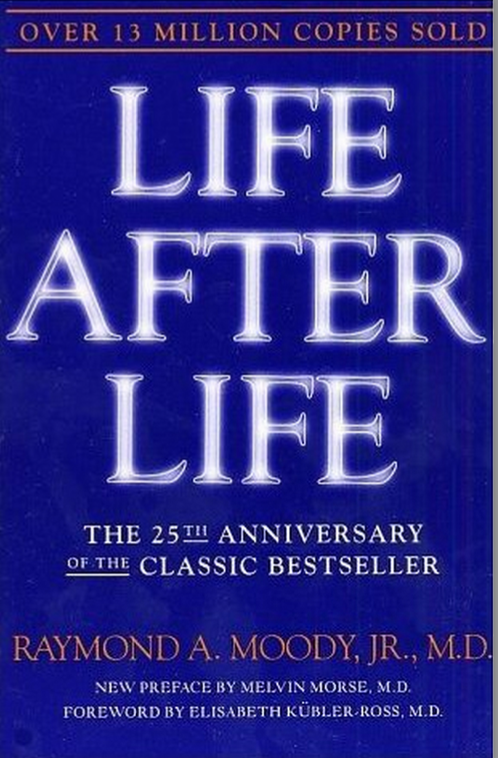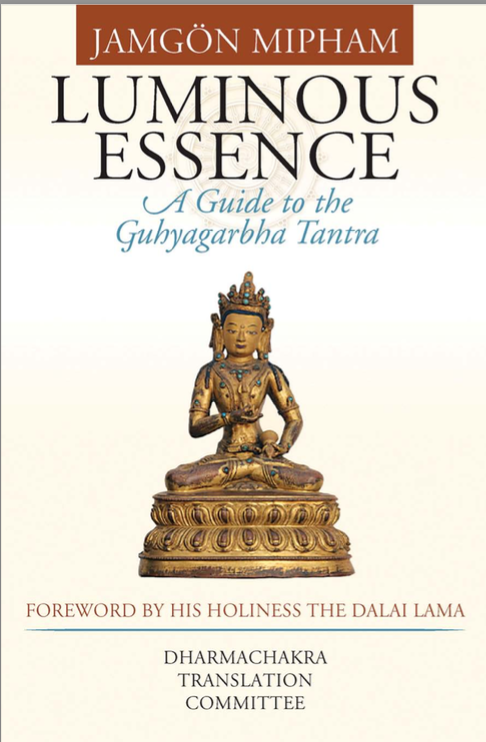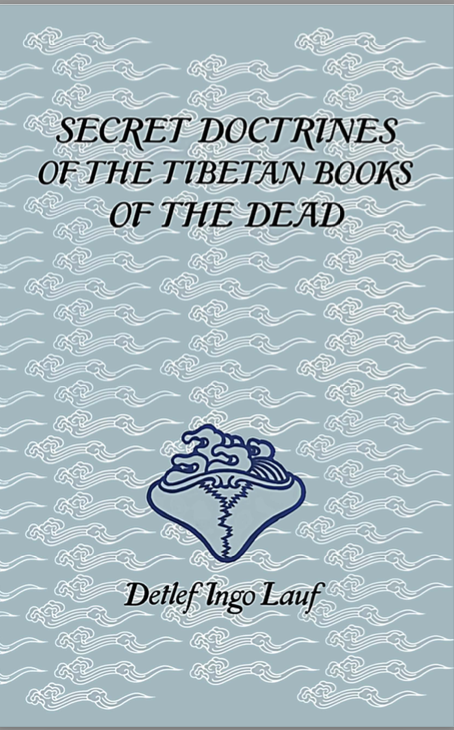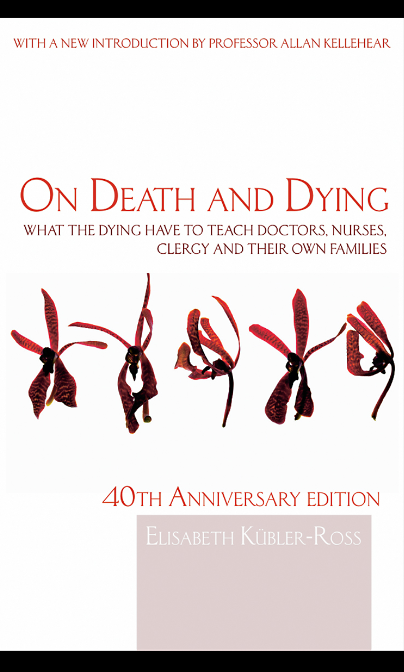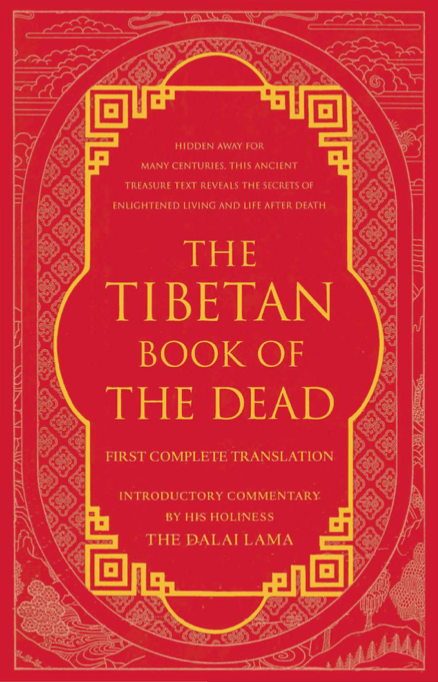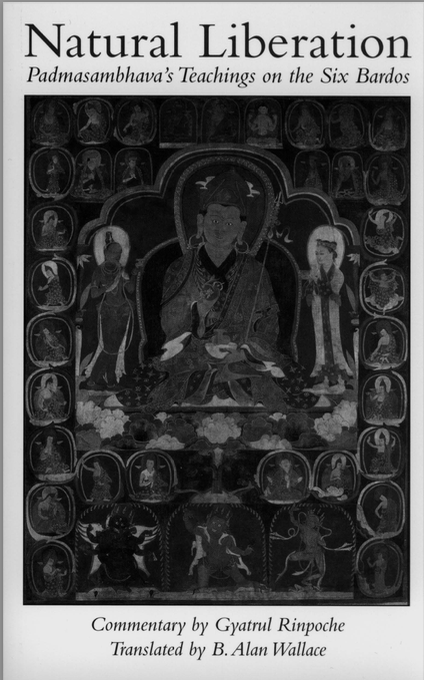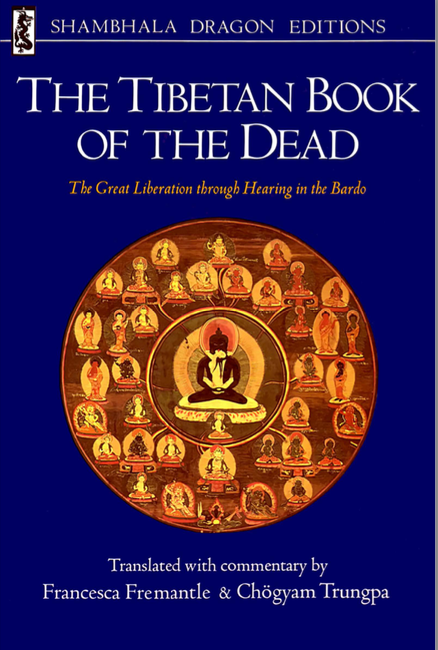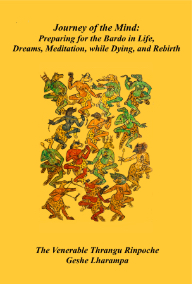Categories
- BOOKS by Thrangu Rinpoche (47)
- PDFs of Thrangu Rinpoche's books (66)
- PDFs by Other Buddhist Teachers (131)
- E-Book Downloads (15)
- Dharma Pictures to Purchase (26)
- Dharma Pictures to Download (38)
- Buddhist Practice Materials (63)
- The Beginners Corner (4)
- Dharma Topics (PDFs)-> (74)
- Videos on YouTube (15)
- Donate only if you owe us money (1)
- New Products ...
- Featured Products ...
- All Products ...
New Products
Oracles and Demons of Tibet: The Cult and Iconography of the Tibetan Protective Deities by Rene De Nebesky-Wojkowitz The iconography of the deities worshiped by the Tibetans as protectors and guardians of Buddhism belongs to the least known field of Tibetan Studies. The exceedingly numerous class of protective divinities com- prises many figures who originallY belonged to the pantheon of the old Tibetan Bon faith. A study of the Tibetan protective deities and their cult, apart from giving an insight into a little known aspect of Lamaism, reveals new facts regarding the beliefs of pre-Buddhist Tibet and their relation to the early shamanistic stratum out of which the Bon religion developed.
Price:

Date Added: Monday 01 April, 2024
It is research such as Dr. Moody presents in his book that will enlighten many and will confirm what we have been taught for two thousand years- that there is life after death. Though he does not claim to have studied death itself, it is evident from his findings that the dying patient continues to have a conscious awareness of his environment after being pronounced clinically dead. This very much coincides with my own research, which has used the accounts of patients who have died and made a comeback, totally against our expectations and often to the surprise of some highly sophisticated, well- known and certainly accomplished physicians. All of these patients have experienced a floating out of their physical bodies, associated with a great sense of peace and wholeness. Most were aware of another person who helped them in their transition to another plane of existence. Most were greeted by loved ones who had died before them, or by a religious figure who was significant in their life and who coincided, naturally, with their own religious beliefs. It is enlightening to read Dr. Moody's book at the time when I am ready to put my own research findings on paper.
Luminous Essence: A Guide to the Guhyagarbha Tantra by Mipham The Guhyagarbha Tantra is the first tantra to introduce the concept of the 42 peaceful and 58 wrathful deities that are experienced in the Bardo. One of the most accomplished scholars and prolific writers of recent times in Tibet was Jamgön Mipham Rinpoche. An eclectic master, who was prom- inent in the nonsectarian movement that flourished, particularly in East- ern Tibet, in the late nineteenth and early twentieth centuries, his works are regarded as authoritative. I am pleased to know that great care has been taken in preparing this trans- lation of Luminous Essence, Mipham Rinpoche’s commentary on the Guhya- garbha Tantra, the root tantra which reveals mind and wisdom to be naturally manifest.
Price:

Date Added: Monday 01 April, 2024
Evidence of the Afterlife: The Science of Near-Death Experiences by Jeffrey Long, MD. This is an excellent book giving many examples of Near-Death Experiences with a lot of research on this topic.
Price:

Date Added: Monday 01 April, 2024
AMoNG the secret traditions of Tibetan Buddhism we find certain doctrines that deal with the central problems of human existence, with the advanced paths to self-knowledge, and with death. To these secret traditions belong the Tibetan Books of the Dead, which were for the most part found by "treasure discoverers" and thereby brought to our attention. Even though there is a definite and clearly developed basic structure peculiar to the Tibetan Book of the Dead, there are so many different works that build on this structure and elaborate various aspects of it, that we must talk of several Tibetan Books of the Dead rather than of one. This book is an extensive commntary on the bardo not only in Buddhism but other cultures and diagrams of explanation that are found nowhere else in the literature. This book is mentioned in Thrangu Rinpoche's Journey of the Mind and is available here as a free PDF download.
Elisabeth Kübler-Ross was a psychiatrist with a particular interest in end-of-life care. Especially interested in the care of dying patients, she researched their attitudes to death. Her groundbreak- ing work, On Death and Dying, identified the “five stages” that dying people go through as they approach death and this model has been enormously influential over the past forty years. The book is a classic because it introduced scientific observation of death and dying and near death experiences in popular form to the United States 40 years ago.
This is a translation of the complete Bardo Thodol which is large and most other translations have left out a lot of material. The book is very readable and has a long introduction by His Holiness the Dalai Lama. The Tibetan Book of the Dead includes one of the most detailed and compelling descriptions of the after-death state in world litera- ture. It is not surprising therefore that when Chapter I I of our text, 'The Great Liberation by Hearing', first appeared in English, in 1927, it caused a considerable stir and has remained one of the most well known of Tibet's literary works ever since. In our work, for the first time, we are presenting a complete translation of all twelve chapters of the compilation of texts known as the Tibetan Book ofthe Dead, which includes nine chapters not translated in W. Y. Evans-Ventz's original publication. The compendium of texts known as The Tibetan Book of the Dead contains exquisitely written guidance and practices related to transforming our experience in daily life, on how to address the processes of dying and the after-death state, and on how to help those who are dying.
Natural Liberation:Padmasambhava's Teachings on the Six Bardo translated by Alan Wallace and Commentary by Gyatrul Rinpoche THIS BOOK CONTAINS A TRANSLATION and commentary on the great Indian Buddhist tantric master Padmasambhava’s text, enti- tled The Profound Dharma of the Natural Liberation through Contemplating the Peaceful and Wrathful: Stage of Completion Instructions on the Six Bardos.| Presumably composed some time in the late eighth century, the text was dictated by Padmasambhava to his Tibetan consort, Yeshe Tsogyal. Tibetan tradition views Padmasambhava as an emanation of Amitabha, the Buddha of Infinite Light, and refers to him as Guru Rinpoche, or Precious Spiritual Mentor. His name, Padmasambhava, means “born froma lotus,” indicating his miraculous birth from a lotus in the midst of a lake in the region of Oddiyana. Adopted by the king of Oddiyana, Padmasambhava dedicated his life to the study and practice of esoteric, or Vajrayana, Buddhism. This is an extensive book of 340 pages on the Bardo.
Tibetan Book of the Dead translated by Fremantle. I received this transmission at the age of eight, and was trained in this teaching by my tutors, who also guided me in dealing with dying people. Consequendy I visited dying or dead people about four times a week from that time onwards. Such continual contact with the process of death, particularly watchin~ one's close friends and relatives, is considered extremely important for students of this tradition, so that the notion of impermanence becomes a living experience rather than a philosophical view. THE Bardo Thotrol is one of a series of instructions on six types of liberation: liberation through hearing, liberation through wear- ing, liberation through seeing, liberation through remembering, liberation through tasting, and liberation through touching. They were composed by Padmasarp.bhava and written down by his wife, Yeshe Tsogyal, along with the sadhana of the two maJ.lcJalas of forty-two peaceful and fifty-eight wrathful deities. Padmasabbhava buried these texts in the Gampo hills in central Tibet, where later the great teacher Gampopa established his monastery. Many other texts and sacred objects were buried in this way in different places throughout Tibet, and are known· as terma, 'hidden treasures'. Padmasarp.bhava gave the transmission of power to discover the termas to his twenty-five chief disciples. The Bardo texts were later discovered by Karma-Lingpa, who was an incarnation of one ... more info
New Edition for 2024 - Includes content from 3 different bardo related teachings given by Thrangu Rinpoche, including teachings on The Mirror of Mindfulness. The Bardo is the interval between when we die and when we are reborn. For ordinary persons the experience in the bardo is a very frightening with uncontrolled streams of visions, sounds that are louder than thunder, and frightening deities and visions. For the unprepared mind these could lead to a very undesirable rebirth. In this book Thrangu Rinpoche describes that when we are alive, we can prepare for this experience of dying and why this will be very beneficial to us. Rinpoche describes activities that we can do in our daily life and also our sleep and outside of our meditation to prepare for the Bardo. If we are meditators, Rinpoche describes and explains the medita-tions that are specifically beneficial for the Bardo experience. Rinpoche also describes the nine stages of death at we go through and what we and companions helping us can do to help us in the dying process. He then describes the visions and sounds of the bardo and how to deal with our fear and how to make correct choices in the Bardo. This book is a very lucid, comprehensive, and practical explanation of the bardo. It contains extensive appendices and color pictures to help anyone interested in navigating the bardo. This book of over 200 pages is Thrangu Rinpoche's latest book and has a list price of $19.95 and is available for $ ... more info
